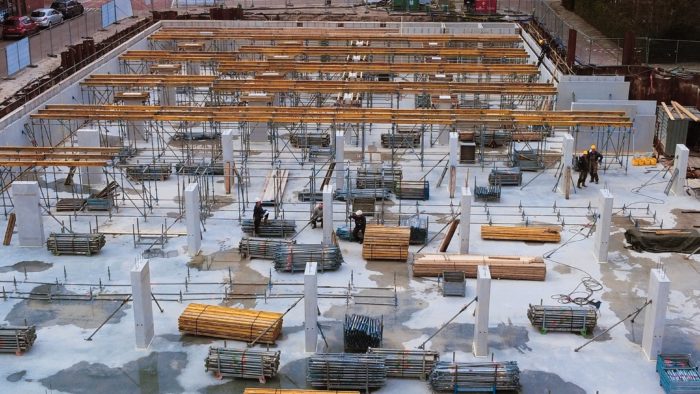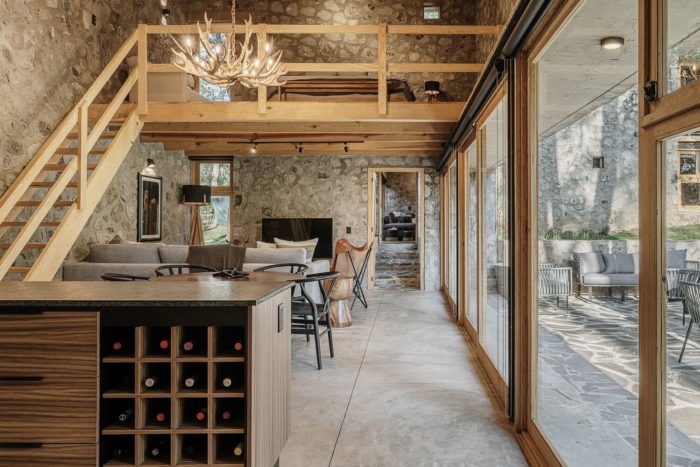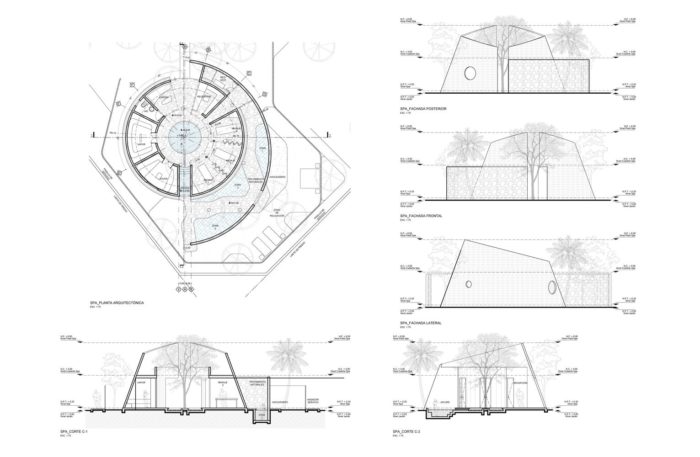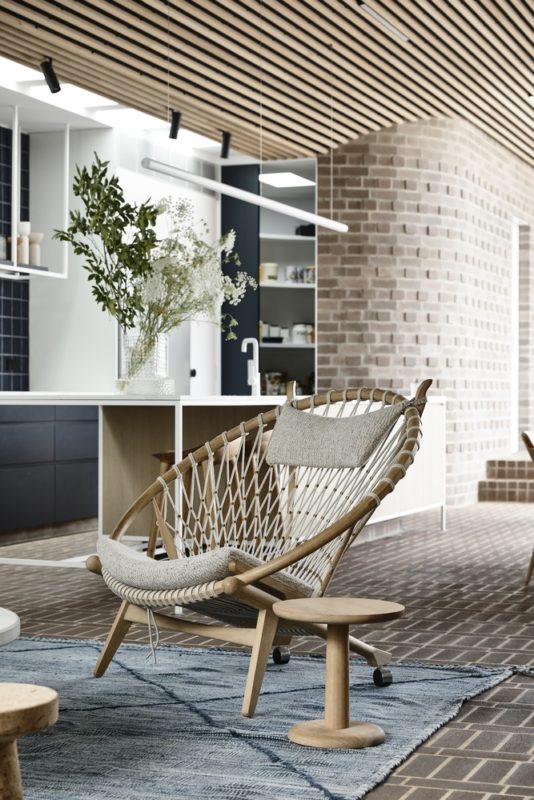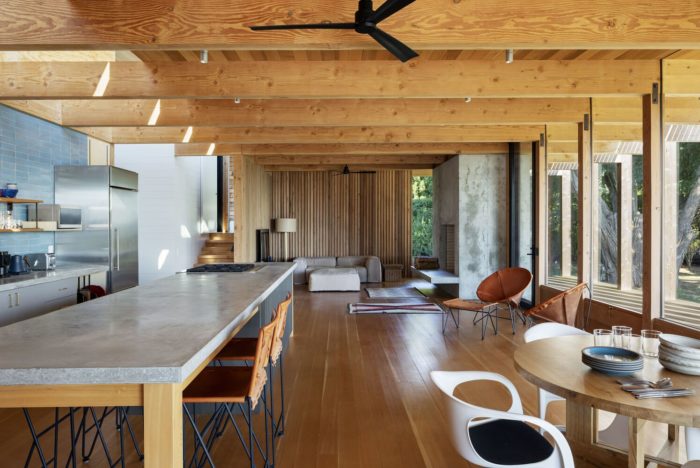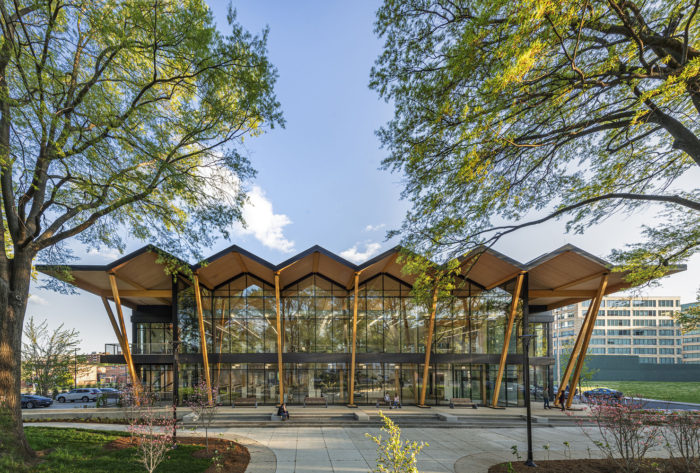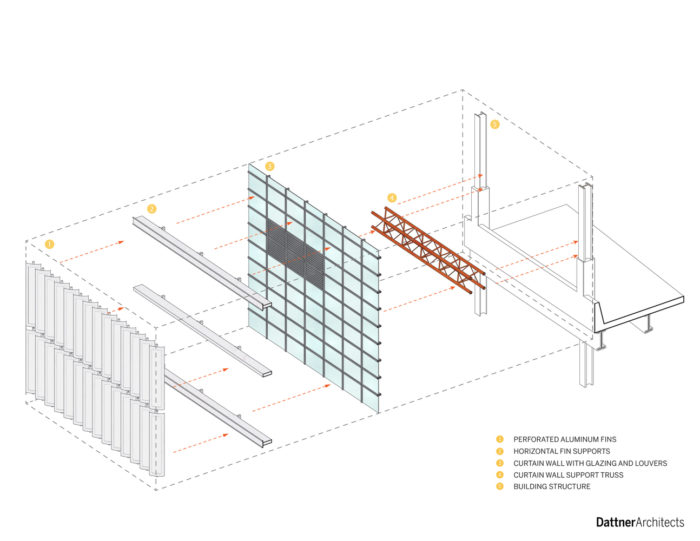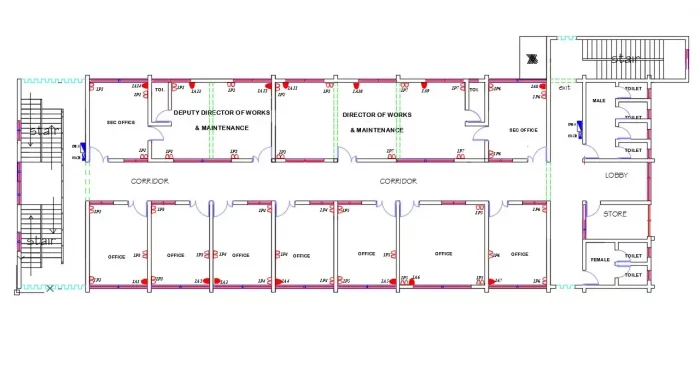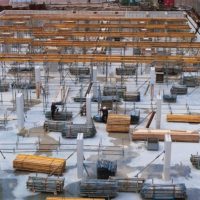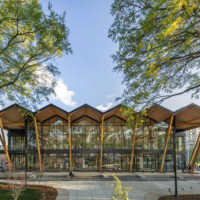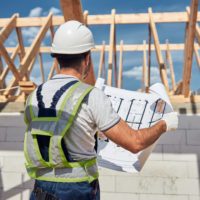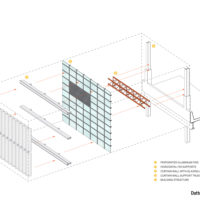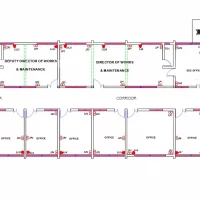Just as fashion designers utilize pins, needles, and textiles to bring their creations to life, architects rely on building materials to shape our built environment. From steel and glass to wood and concrete, these building materials form the artistic palette that transforms blueprints into tangible structures, bridging the gap between imagination and reality.
Specifying and Selecting the Right Building Materials
With an abundance of building materials available in this day and age, selecting the correct ones for a particular project can be a daunting task. This article will provide a step-by-step guide with nine general tips to help architects and designers navigate the material specification process effectively, ensuring that the chosen building materials meet the project’s quality, performance, and safety standards.
1) Be Familiar With The Needs Of The Project’s Needs
The first step in the material specification process is thoroughly understanding the project’s specific needs and requirements. Whether related to costs, durability, structural integrity, aesthetics, or regulatory compliance, a clear understanding of these aspects is the foundation for informed decision-making. Architects should create a specification sheet that outlines the quality, type of materials, construction systems, and stability requirements mandated by current local regulations and national institutions.
2) Conduct Investigations and Data Collection
Once project requirements are established, architects should collect data on various materials to ensure compatibility with those needs. Research is crucial in assessing local weather conditions, building codes, material availability, visual qualities, and functional properties. By gathering comprehensive information, architects can make informed choices during the material selection.
3) Analyze the Materials’ Efficiency
Before construction begins, architects can test and evaluate how specific materials perform under particular circumstances. Utilizing the available information, technology, and tools, this evaluation streamlines the specification process. Architects should specify that all materials and structural elements undergo quality control tests by authorized laboratories, adhering to regional standards.
4) Keep Design Goals and Aesthetics in Mind
Materials play a significant role in shaping spaces’ visual appearance and feel. Besides functional considerations, architects can select materials to create visually appealing spaces embodying their creative visions. Materials may be chosen for their texture, heaviness, opacity, or natural aging processes, all adding aesthetic value to a project. The ‘Finishes’ section in the specification document should contain precise details about surface treatments and decorative elements for various architectural components.
5) Ecological Stability Should Be Your Number One Concern
With the construction industry embracing sustainable practices, architects must prioritize renewable materials that have low VOC emissions, are locally sourced, or are energy-efficient. However, sustainability should be considered in all aspects of a project, not just material selection. Architects should aim for an efficient design that minimizes the project’s environmental impact.
6) Build Material Timetables
Architects must create comprehensive material schedules to ensure a smooth progression from design to construction and maintenance. These schedules identify and categorize the materials required for each project stage, including manufacturers, models, sizes, finishes, and other relevant details. The specification document should include Detailed guidelines and instructions for various project components, such as site cleaning, backfill, structural work, pavements, finishes, and more.
7) Get Help From Professionals and Subject-Matter Gurus
Collaboration with industry professionals is essential in today’s complex, multidisciplinary architectural projects. Structural and mechanical engineers, contractors, and sustainability consultants can provide valuable insights and technical specifications during the material specification process. Regular meetings should be scheduled to foster effective communication and collaboration among all project stakeholders.
8) Provide Details on Required Materials
Thorough documentation is crucial when specifying materials. Architects should provide precise information about the building materials, including quality standards, installation guidelines, and other characteristics. Detailed drawings, ranging from intricate details to conceptual diagrams, should be included to ensure clarity and consistency in understanding the material requirements.
9) Create a System to Track Problems and Fix Them
After material selection and construction, architects should implement a comprehensive monitoring and maintenance plan. This plan helps ensure that materials meet the specified standards and performance criteria. Regular inspections and maintenance activities are essential to preserve the quality and longevity of the materials in line with the design intent.
Building Materials: Final Thoughts
The process of specifying building materials is a critical aspect of architectural projects. By following these nine general tips and guidelines, architects can make informed decisions that align with the project’s objectives and constraints. Thorough research, collaboration with experts, and a focus on sustainability contribute to creating visually appealing, functional, and environmentally responsible built environments. Architects can breathe life into their designs with careful building materials selection and implementation and create spaces that inspire and endure.
- © De Lemster Krant
- Petraia House / ARGDL. © Juan Manuel McGrath
- Carpenter’s Square House / Architects EAT. © Derek Swalwell
- Shelter Island House / KoningEizenberg Architecture. © Michael Moran
- DCPL Southwest Neighborhood Library / Perkins and Will. © James Steinkamp Photography
- © Coral Homes
- © Dattner Architects
- © Cadbull


